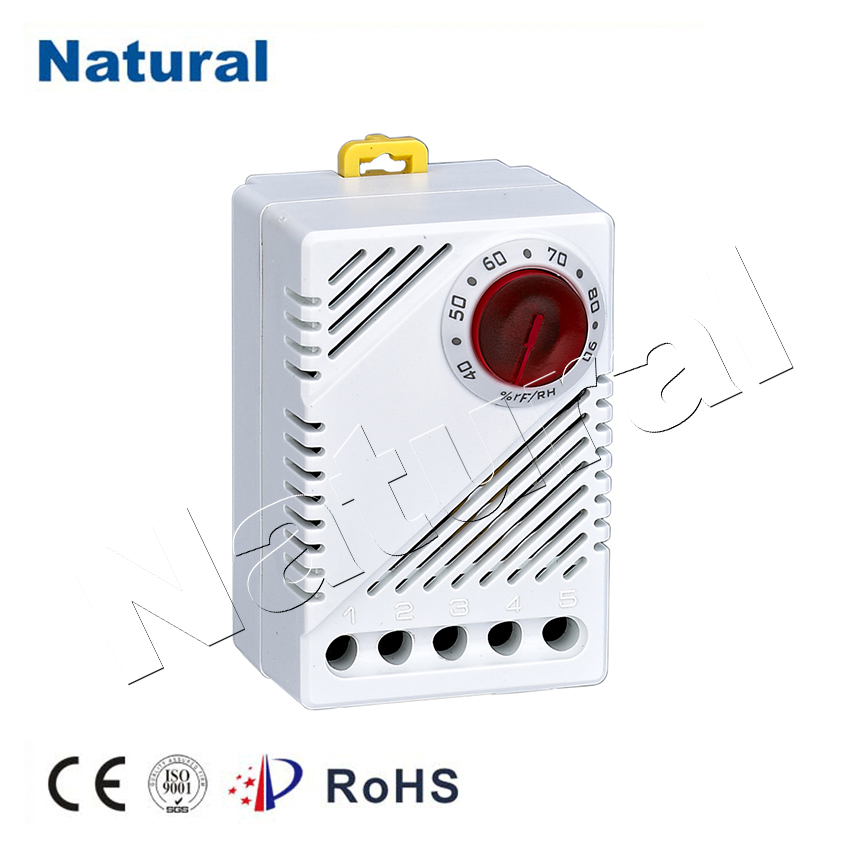文章正文:

Mechanical Temperature Controllers: A Fundamental Overview Temperature control is a crucial aspect of various industrial and domestic processes. Whether you are maintaining the ideal temperature in your home, regulating the heat in a commercial oven, or ensuring the right conditions in a chemical reactor, temperature controllers play a pivotal role. In this article, we delve into the world of mechanical temperature controllers, shedding light on their functionality, applications, and advantages. The Basics of Mechanical Temperature Controllers Mechanical temperature controllers are simple yet effective devices used to regulate temperature by controlling a physical mechanism, often a bimetallic strip or a gas-filled bulb. They are widely employed in situations where precise temperature control is not critical, but reliable and cost-effective solutions are essential. How Do They Work? At the heart of a mechanical temperature controller is a sensing element, typically a bimetallic strip or a gas-filled bulb. When the temperature deviates from the setpoint, this element expands or contracts, triggering a mechanical mechanism that adjusts the temperature accordingly. Bimetallic Strip: This consists of two different metals bonded together. As the temperature changes, the metals expand or contract at different rates, causing the strip to bend. This bending motion is then translated into mechanical action, such as opening or closing a valve or switch. Gas-Filled Bulb: In this design, a bulb filled with a gas, often a volatile liquid, is connected to the temperature controller. As the temperature changes, the gas inside the bulb expands or contracts, exerting pressure on a diaphragm. This pressure variation is used to actuate the control mechanism. Applications Mechanical temperature controllers find use in various applications where precise temperature control is not critical, including: Household Appliances: They are commonly found in refrigerators, freezers, and air conditioners, ensuring these appliances maintain consistent temperatures. Industrial Ovens and Furnaces: In industrial settings, these controllers are used to regulate temperature in processes like baking, curing, and heat treatment. Water Heaters: Mechanical controllers help maintain the desired water temperature in residential and commercial water heaters. Food Service Equipment: Devices like grills, deep fryers, and warming cabinets often rely on mechanical temperature controllers. Advantages of Mechanical Temperature Controllers Cost-Effective: Mechanical controllers are generally more affordable than their electronic counterparts, making them an attractive choice for budget-conscious applications. Reliability: They are known for their robustness and reliability, with fewer components prone to failure compared to electronic controllers. Simplicity: The straightforward design of mechanical controllers makes them easy to install and maintain, even for individuals with limited technical expertise. Longevity: Mechanical controllers often have a longer lifespan because they are less susceptible to electronic component degradation over time. Conclusion Mechanical temperature controllers, with their simple yet effective design, continue to be an essential part of temperature regulation in various industries and everyday appliances. While electronic controllers offer precision and advanced features, mechanical controllers excel in reliability and cost-effectiveness. Understanding their operation and applications can help you choose the right temperature control solution for your specific needs.